
There are so many technological devices in the world that it is difficult to count them all. People use all sorts of electronics in and around their homes, workplaces, and while on the move. Apart from cellphones the piece of technology that has changed the world substantially over the last century is the personal computer . We can all agree that without the technological advancements that come with every passing day, we would still be in the Stone Age living like cavemen.
1. ENIAC (Electronic Numerical Integrator and Computer)
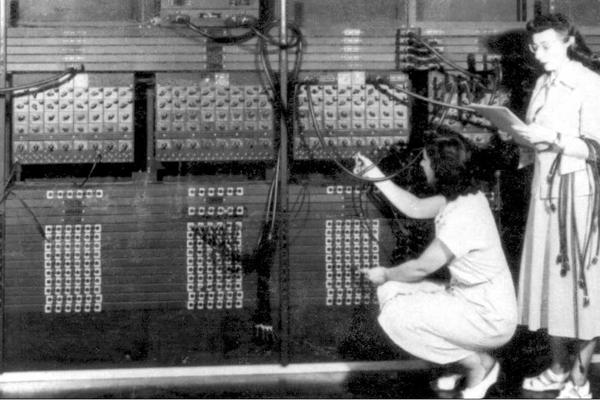 Dubbed "an amazing machine which applies electronic speeds for the first time to mathematical tasks hitherto too difficult and cumbersome for solution," by the New York Times, the ENIAC was the first general-purpose electronic computer.
Dubbed "an amazing machine which applies electronic speeds for the first time to mathematical tasks hitherto too difficult and cumbersome for solution," by the New York Times, the ENIAC was the first general-purpose electronic computer.
It was developed for the military during World War II as a tool to calculate the settings used for different weapons under different targeting conditions. The ENIAC contained 17,468 vacuum tubes, 70,000 resistors, 10,000 capacitors, 6,000 manual switches and 5 million soldered joints. In addition, it covered 1,800 square feet of floor space, weighed 30 tons and took 160 kilowatts of electrical power to operate.
The ENIAC could be programmed to perform complex sequences of operations, and could calculate 5,000 additions, 357 multiplications, and 38 divisions in a single second. Despite the speed with which it did calculations, the task of taking a problem and mapping it onto the machine was complex, and usually took weeks. Once the program was figured out on paper, the process of getting the program into the ENIAC by manipulating its switches and cables took additional days.
Inconveniently, ENIAC was not completed in time to be of any use during World War II, but it was used during the Cold War to help perform calculations for the design of a hydrogen bomb and other projects.
2. iMac
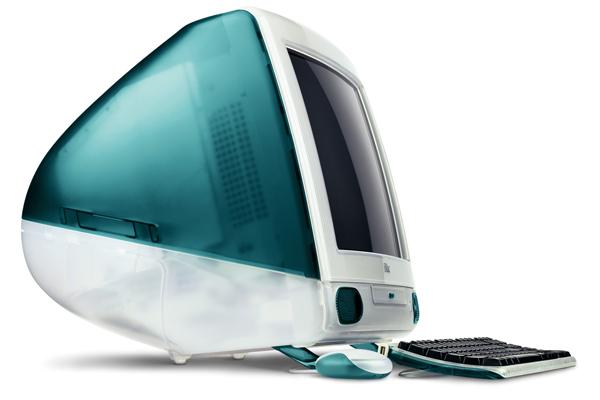 Credited with returning Apple to profitability, the original iMac was an all-in-one personal computer, containing both the monitor and the system unit in a single enclosure.
Credited with returning Apple to profitability, the original iMac was an all-in-one personal computer, containing both the monitor and the system unit in a single enclosure.
When it was released in 1998, it was completely different from the mainstream computers that came before it. Its signature egg shape, 'hockey puck' mouse and 'bondi blue' casing made it easily recognizable.
In addition, the iMac was the first computer to exclusively offer USB ports as standard, including the connector for its new keyboard and mouse. Apple also abandoned the diskette drive for the first time since 1984, arguing that recordable CDs, the internet, and office networks were quickly making diskettes obsolete.
3. Gavilan SC
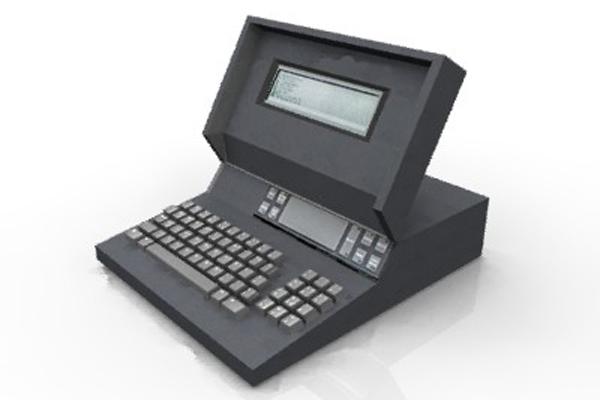 Released in 1983, the Gavilan was the first computer to ever be marketed as a 'laptop'.
Released in 1983, the Gavilan was the first computer to ever be marketed as a 'laptop'.
The device weighed only nine pounds and included a touchpad mouse and a portable printer. The Gavilan was also able to run off its batteries; a feature that was basically unheard of at the time. As the standard for floppy disks was still being decided, the Gavilan was designed to accommodate both a 3.0-inch 320K microfloppy drive as well as a 3.5-inch floppy drive.
In the end, the Gavilan didn't make it very far. That's in part because there was not yet a market for laptop computers at the time, but also because Gavilan ran on its own operating system and therefore was not compatible with other systems.
4. Google Server
While most companies buy servers from Dell, Hewlett-Packard, IBM, or Sun Microsystems, Google has gone its own route to design and build its own. Hundreds of thousands of them keep the Internet humming.
Each of the servers has its own 12-volt battery, which ensures the units will continue to run in case of a power outage. In addition, the individual batteries use energy much more efficiently (99.9 percent efficiency). This system, which is entirely unique, has been in operation since 2005.
The hardware system created by the search engine giant even reflects the Google search algorithm itself, which is based on tolerating multiple computer failures and optimizing around them.
5. Colossus Computer
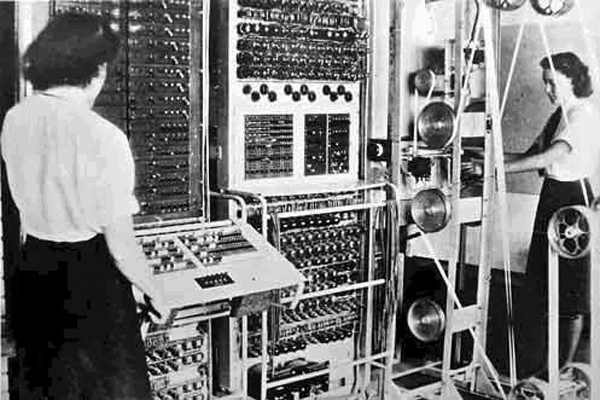 Located in Bletchley Park during World War 2, the Colossus was used by British code breakers to help read encrypted German messages. The system was designed by engineer Tommy Flowers as the first digital, programmable and electronic computer.
Located in Bletchley Park during World War 2, the Colossus was used by British code breakers to help read encrypted German messages. The system was designed by engineer Tommy Flowers as the first digital, programmable and electronic computer.
The Colossus enabled the British to break the code of the Lorenz SZ Cipher machine, which was similar to the Enigma but was used by the German high command and other headquarters. The Lorenz was a teletype-connected system that relied on 12 ciphering wheels to encipher high-level traffic. Breaking the code required two processes, wheel breaking and wheel setting. Initially, Colossus was used to help with wheel setting, but later its operators discovered it could also be adapted to the process of wheel breaking.
Colossus used state-of-the-art vacuum tubes, gas-filled tubes and photomultipliers to optically read a paper tape. It would then apply a programmable logical function to every character, counting how often this function returned "true".
Ten of these machines were built during the war, and their design was constantly improved and upgraded. At the end of the war, the Allies dismantled all ten of the Colossus machines and burned all the technical drawings and diagrams. The computer's existence was to remain a secret for nearly 30 years.
6. Apple II
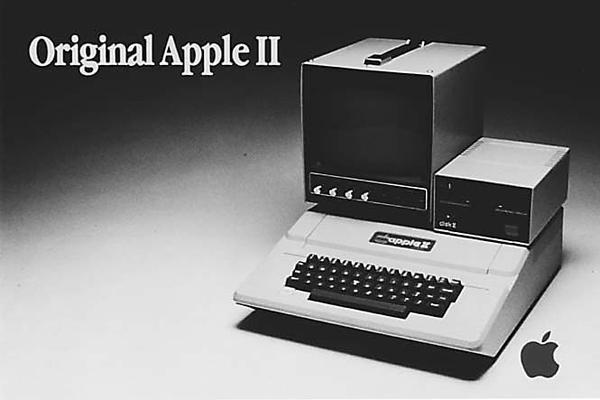 The Apple II was one of the first highly successful mass-produced microcomputers. Considered a vast improvement over the Apple I, the successor featured a color display, eight internal expansion slots, and a case with a keyboard, which was a rarity at the time.
The Apple II was one of the first highly successful mass-produced microcomputers. Considered a vast improvement over the Apple I, the successor featured a color display, eight internal expansion slots, and a case with a keyboard, which was a rarity at the time.
It has also been referred to as the 'first user friendly system' because the BASIC programming language was built right in, making it possible to run right out of the box.
Designed to look more like a home appliance than electronic equipment, the computer's lid could be popped right off, revealing the included motherboard with eight expansion slots, and an array of random access memory (RAM) sockets that could hold up to 48 kilobytes worth of memory chips.
The Apple II was still being sold through the 1990s with few changes to the model not bad when considering that it was originally introduced in 1977. By the end of its production run in 1993, somewhere between five and six million Apple II series computers had been sold.
7. Antikythera Mechanism
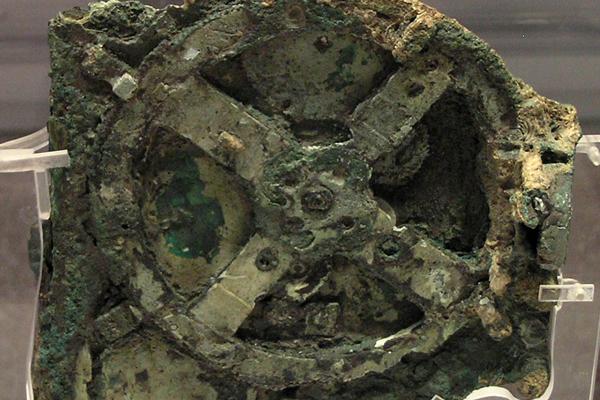 In 1901, divers off the coast of Greece found the Antikythera mechanism; a device that not only predicted lunar and solar eclipses, but also organized the calendar into the four year cycles of the ancient Olympics.
In 1901, divers off the coast of Greece found the Antikythera mechanism; a device that not only predicted lunar and solar eclipses, but also organized the calendar into the four year cycles of the ancient Olympics.
Displaying a level of intricacy resembling that of 18th-century clocks, the Antikythera mechanism used an elaborate arrangement of more than 30 different gears to perform its calculations. The entire device is contained in a case roughly the size of a shoebox.
Sometimes called the first analog computer, the Antikythera was recently revealed to have the names of all 12 months of an ancient calendar inscribed on the back. The Metonic calendar, as it is known, was used by the Babylonians as well as the Greeks. Today, the calendar still serves as the basis for the Jewish religious calendar, and is used in calculations to date Easter in the Christian calendar.
8. Atanasoff-Berry Computer
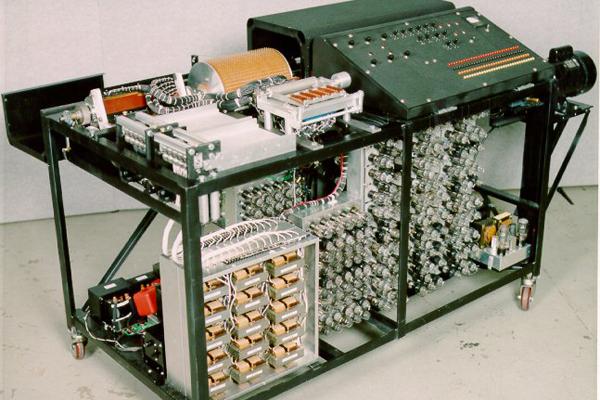 Built just a few years before the Colossus, the Atanasoff-Berry Computer was the first electronic, digital computer.
Built just a few years before the Colossus, the Atanasoff-Berry Computer was the first electronic, digital computer.
Designed by John V. Atanasoff and his graduate student Clifford Berry, the Atanasoff-Berry represented several breakthroughs in computing. It included a binary system of arithmetic, parallel processing, regenerative memory, and a separation of memory and computing functions. The Atanasoff-Berry was also the first computer to separate memory and data processing.
The completed version was roughly the size of a desk, weighed 700 pounds, had over 300 vacuum tubes and contained a mile of wire. It could calculate about one operation every 15 seconds. Because it was too large to go anywhere, it remained in the basement of the physics department at Iowa State University.
9. Deep Blue
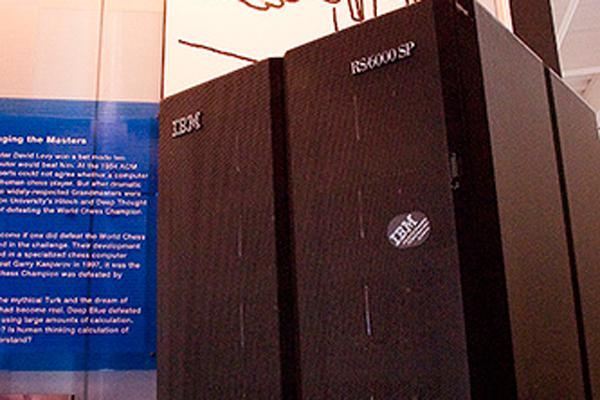 The first-ever chess match between a man and a computer took place in 1996. IBM's Deep Blue, as the computer was known, won one game and lost three to world champion Garry Kasparov. The following year, Deep Blue defeated Kasparov in a six-game match.
The first-ever chess match between a man and a computer took place in 1996. IBM's Deep Blue, as the computer was known, won one game and lost three to world champion Garry Kasparov. The following year, Deep Blue defeated Kasparov in a six-game match.
Deep Blue was a combination of special-purpose hardware and software that made it capable of examining 200 million moves per second, or 50 billion positions, in the three minutes allocated for a single move in a chess game.
10. Watson
 Another of IBM's computers went on to challenge humans again, but at a different game. Watson which is described as a "question answering machine" competed on Jeopardy and went on to defeat two reigning champions.
Another of IBM's computers went on to challenge humans again, but at a different game. Watson which is described as a "question answering machine" competed on Jeopardy and went on to defeat two reigning champions.
During the game, Watson had access to 200 million pages of structured and unstructured content that consumed four terabytes of disk storage (including the full text of Wikipedia). In addition, Watson is capable of processing 500 gigabytes (equal to a million books) per second. IBM described Watson as an application of advanced Natural Language Processing, Information Retrieval, Knowledge Representation and Reasoning and Machine Learning technologies.
Watson's future applications are a bit different from quiz games. IBM and Nuance Communications Inc. are developing a commercial product that will exploit Watson's capabilities as a clinical decision support system to help diagnosis and treat patients.

 Previous page
Previous page Back to top
Back to top







